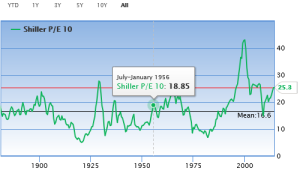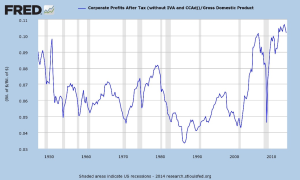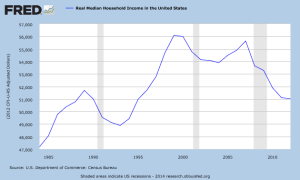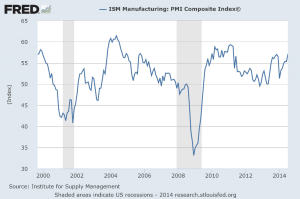Not long ago I wrote about how many securities analysts including myself have a strong, almost obsessive, preference towards calculator brands. Every so often I also get asked which software I prefer to analyze securities as well. Over time my answer has changed—to a simple spreadsheet.
Before you write me off as some technology Luddite (which my children did long ago), I believe there is a great deal of value within analytical software. I personally use these tools constantly. It saves a lot of time screening securities, determining potential valuations, and figuring out statistical nuances between competing investments. Most importantly is helps investment teams speak the same valuation language—at least in the initial investment discussion.
In other words, we all have “go to” tools in our valuation toolbox, which may differ dramatically from our co-workers favorite methodologies. Therefore having analytical software can help teams start with a base scenario for a particular security in which everyone can understand and discuss. However, it is the main tool I use to determine valuation and investment value? At least for me—no.
So why do I prefer the simple spreadsheet? It goes toward the qualitative side of investing—what I consider its art. So what is art (if you ever lived in Madison, WI in the 1980’s, you know Art was a window washer)? For me personally, the art of investing means determining the right questions to ask. Spending the half day to a day or so it takes me to generate models of the various financial statements of a company helps me think deeply about what happened in the company’s past as I enter those numbers into the spreadsheet. Can I see those same numbers much more quickly with analytical software? Yes, but in a strange way I find myself glossing over them more if they are merely provided to me as opposed to trying to build a model and trying to understand why a certain number or ratio is what it is. I have more intellectual ownership of the analysis if I build a model from scratch. Additionally it is a lot easier to make notes on your model changes in the spreadsheet than in analytical software. I wish I knew how many times I created a scenario in a software program and came back to it several weeks later wondering why I used the numbers that I did.
Again, I do find those products very useful and I use them quite a bit. However, if I want to really dig down deep into a company, I find the good old fashioned spreadsheet works best for me. Plus I may not not as a big of a technology Luddite as I think, as I once knew a person who did their models using just a calculator and MSWord.









